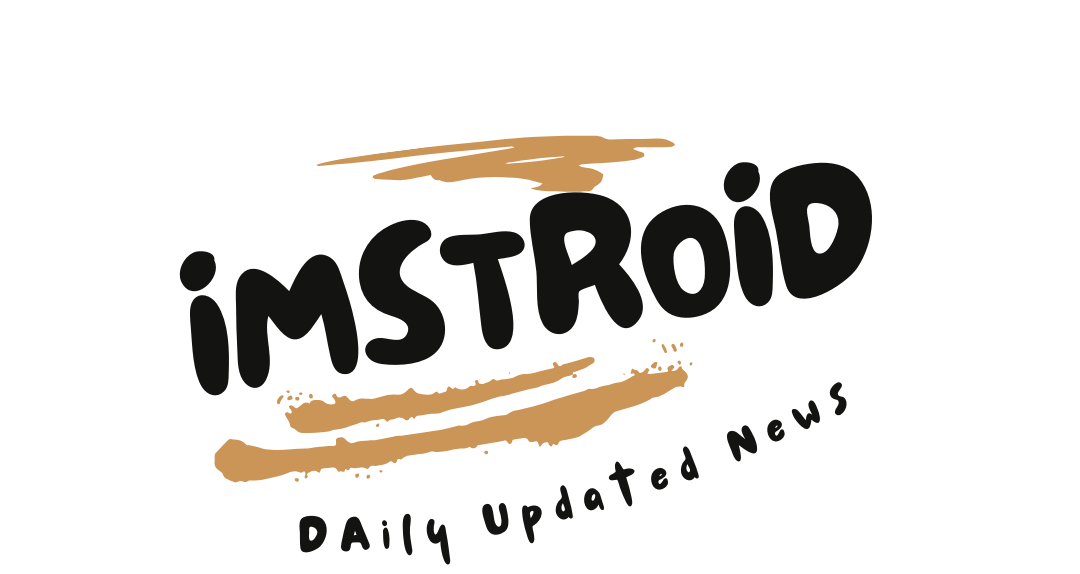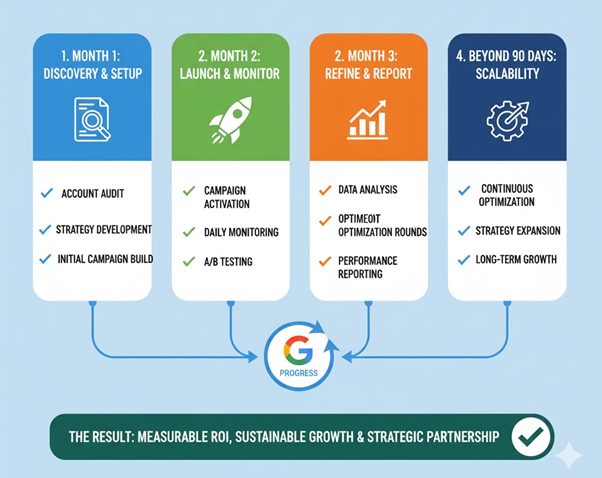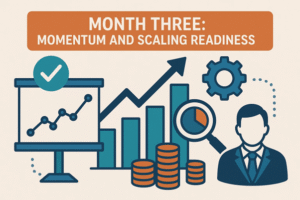A restaurant chain owner called me confused last month. They’d hired an agency three weeks earlier, but results hadn’t magically appeared yet. The owner was getting impatient, wondering if they’d made a mistake. When I explained the typical 90-day timeline and what should be happening in each phase, relief washed over them. Nobody had explained that transformation takes time—the agency was actually right on track with proper onboarding, but the owner didn’t know what normal looked like.
This happens constantly. Businesses hire agencies expecting instant miracles, don’t understand the onboarding process, and panic when Week 2 doesn’t deliver the results that Week 10 will. Having realistic expectations about the first 90 days prevents unnecessary stress and relationship problems.
The Critical First Month: Foundation Building
Here’s what most businesses don’t understand about agency onboarding: the first month focuses on building foundations that enable future success, not delivering immediate results. Professional agencies resist the temptation to rush into campaign launches before properly understanding your business, audience, competitive landscape, and success metrics. This upfront investment in strategic planning pays dividends for years.
Week one typically involves extensive discovery and information gathering. The agency needs access to your Google Ads account, Analytics, Tag Manager, website backend, and any existing marketing materials. They conduct detailed interviews understanding your business goals, target customers, value propositions, competitive positioning, and historical marketing efforts. This discovery phase establishes the foundation for everything that follows.
Technical audits happen during weeks one and two. The agency examines existing account structure if campaigns already run, analyzes conversion tracking implementation, reviews Quality Scores and performance metrics, identifies immediate issues requiring correction, and documents baseline performance for later comparison. This audit reveals what’s working, what’s broken, and what opportunities exist for quick wins versus strategic improvements.
Strategic planning occupies weeks two through four. Based on discovery findings and technical audits, agencies develop comprehensive strategies addressing keyword targeting, campaign structure, ad messaging, landing page requirements, bidding approaches, and measurement frameworks. Professional agencies present these strategies formally, explaining rationale behind recommendations and setting clear expectations about timelines and expected outcomes.
The setup work during this first month feels slow to clients eager for results, but cutting corners here causes problems later. Proper foundations—accurate conversion tracking, strategic account structure, comprehensive negative keywords, and optimized landing pages—determine whether campaigns succeed or struggle for months. Agencies that rush past this foundational work to show quick activity typically deliver mediocre long-term results because structural problems undermine everything.
Communication protocols get established too. Professional agencies schedule regular check-ins, define reporting cadences, establish points of contact for different issues, and set expectations around response times. Clear communication frameworks prevent misunderstandings that damage relationships.
Month Two: Launch and Early Optimization
This is where a google ads marketing agency begins showing tangible progress through campaign launches and initial optimization. The strategic planning from month one gets implemented, with careful monitoring to identify early performance trends.
Campaign launches happen in phases rather than everything simultaneously. Professional agencies often start with core campaigns targeting your highest-intent keywords, allowing algorithms to gather conversion data before expanding into broader opportunities. This staged approach provides clearer performance signals than launching ten campaigns at once and trying to optimize all simultaneously.
The learning phase dominates weeks five through seven. Google’s algorithm needs time gathering data about which searches convert, what audiences respond, which ad copy works, and what bidding strategies perform best. Performance during learning phases is often volatile—costs might seem high, conversion rates lower than desired, and results inconsistent day-to-day. Agencies expect this volatility and resist making major changes that reset the learning process.
Initial optimization begins during weeks seven and eight as learning phases complete. Agencies adjust bids based on device, location, and time performance data. They add negative keywords blocking searches that generated clicks without conversions. They refine ad copy based on CTR patterns. They optimize landing pages addressing friction points causing visitor abandonment.
Reporting during month two focuses on trending improvements rather than absolute performance. Professional agencies show how key metrics are evolving—cost per click declining, Quality Scores improving, conversion rates climbing, even if overall results haven’t reached targets yet. This trending data proves optimization is working, building confidence even when ultimate goals remain ahead.
Challenges emerge during month two that test the partnership. Maybe initial keyword selections didn’t convert as expected, requiring strategy pivots. Perhaps budget constraints limit what’s possible, forcing prioritization decisions. These obstacles separate professional agencies that adapt strategically from mediocre ones that panic or blame external factors.
Month Three: Momentum and Scaling Readiness
By month three, campaigns should be hitting their optimization stride with consistent performance improvements. This is where the foundational work from months one and two pays off through measurable business outcomes.
Performance typically stabilizes during weeks nine through eleven. Campaigns exit learning phases completely, conversion data accumulates enabling smarter optimizations, Quality Scores reflect proper account management, and costs decrease while results improve. Research shows new campaigns often reach profitability between weeks 6-8, with performance continuing to improve as algorithms accumulate more conversion data.
Strategic expansion begins during month three as core campaigns prove successful. Agencies might expand into adjacent keywords, test new audience segments, launch additional campaign types, or increase budgets on best performers. This growth happens from positions of strength—proven strategies that work—rather than premature scaling that destroys barely-stable campaigns.
The 90-day review call scheduled during month one now happens. Professional agencies present comprehensive performance analysis comparing results to baseline, showing ROI metrics, highlighting successful strategies, identifying areas needing improvement, and proposing next-phase strategies. This formal review provides accountability and strategic direction for the next 90 days.
Relationship patterns emerge by month three revealing whether the partnership will succeed long-term. Communication flows smoothly or remains friction-filled. Performance trends upward or plateaus despite optimization efforts. The agency demonstrates proactive strategic thinking or reactive firefighting. These patterns predict future success or failure more accurately than any three-month metric snapshot.
Maximizing Value From Your Agency Partnership
Working with a google ads agency delivers maximum value when businesses actively participate rather than passively hoping for results. The partnership succeeds through collaboration, not just delegation.
Providing complete information during discovery prevents strategic missteps caused by knowledge gaps. Share business goals honestly, explain competitive dynamics fully, reveal budget constraints clearly, and communicate priorities directly. Agencies can’t read minds—they depend on clients providing context that informs strategic decisions.
Timely access to accounts, websites, and marketing materials prevents delays that push timelines back weeks. When agencies request account access, respond within days, not weeks. When they need website changes implemented, prioritize those rather than letting them sit in developer queues for months. Every delay extends the timeline before campaigns reach optimal performance.
Realistic expectations about timelines prevent unnecessary panic when week three doesn’t deliver week ten results. Understanding that month one builds foundations, month two launches and learns, and month three scales success keeps expectations aligned with reality. Patience during optimization periods pays off through better long-term results.
Open communication when concerns arise prevents small issues from becoming relationship-destroying problems. If something confuses you, ask for clarification. If performance worries you, voice concerns rather than letting frustration build. Professional agencies address issues directly when raised early, but can’t fix problems they don’t know exist.
Trust the expertise you hired while maintaining healthy skepticism through data verification. You hired professionals for their knowledge—let them apply it rather than micromanaging every decision. Simultaneously, verify performance claims through your own account access rather than blindly trusting reports. This balance of trust and verification creates healthy partnerships.
The Long-Term Partnership That Compounds Results
The first 90 days establish whether agency partnerships will deliver transformative long-term value or mediocre results requiring eventual replacement. Professional relationships built on strategic foundations, clear communication, mutual trust, and performance accountability compound benefits over years.
Businesses that understand the onboarding process—foundation building in month one, launch and learning in month two, optimization and scaling in month three—maintain realistic expectations preventing relationship stress. They recognize that immediate results come at the cost of long-term sustainability, while patient strategic development delivers compounding improvements.
The alternative is expecting magic in week two, panicking when it doesn’t materialize, making changes that reset optimization, and never reaching the performance months 6-12 deliver because foundations never solidified. Agencies coordinate Google Ads campaigns with broader strategies across platforms like Facebook advertising , but integration takes time to implement properly.
Campaign success compounds over time as agencies accumulate knowledge about what works in your specific business, audience behaviors particular to your market, competitive dynamics affecting your industry, and seasonal patterns influencing demand. This accumulated intelligence enables increasingly sophisticated optimization that first-month campaigns simply can’t match.
The businesses that thrive recognize agency partnerships as long-term strategic relationships rather than transactional service providers. They invest in building strong foundations during the first 90 days, understanding this patience pays dividends through years of compounding performance improvements. They maintain open communication, provide needed support, and hold agencies accountable for results while recognizing that transformation takes time.
Success in the first 90 days sets the trajectory for everything that follows—the foundations built, relationships established, strategies implemented, and performance trends initiated during this critical period determine whether partnerships deliver the transformative results businesses need or mediocre outcomes requiring eventual replacement.



